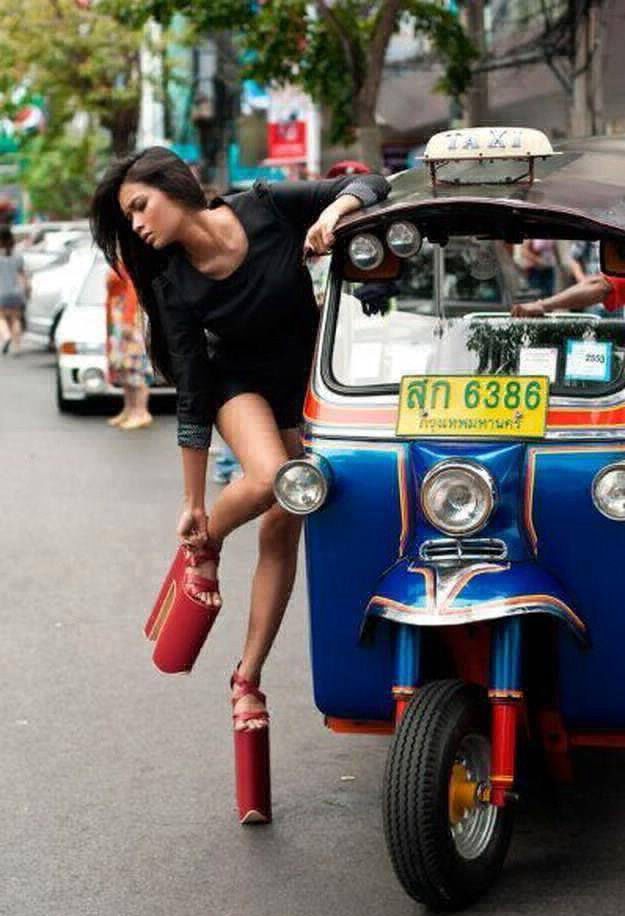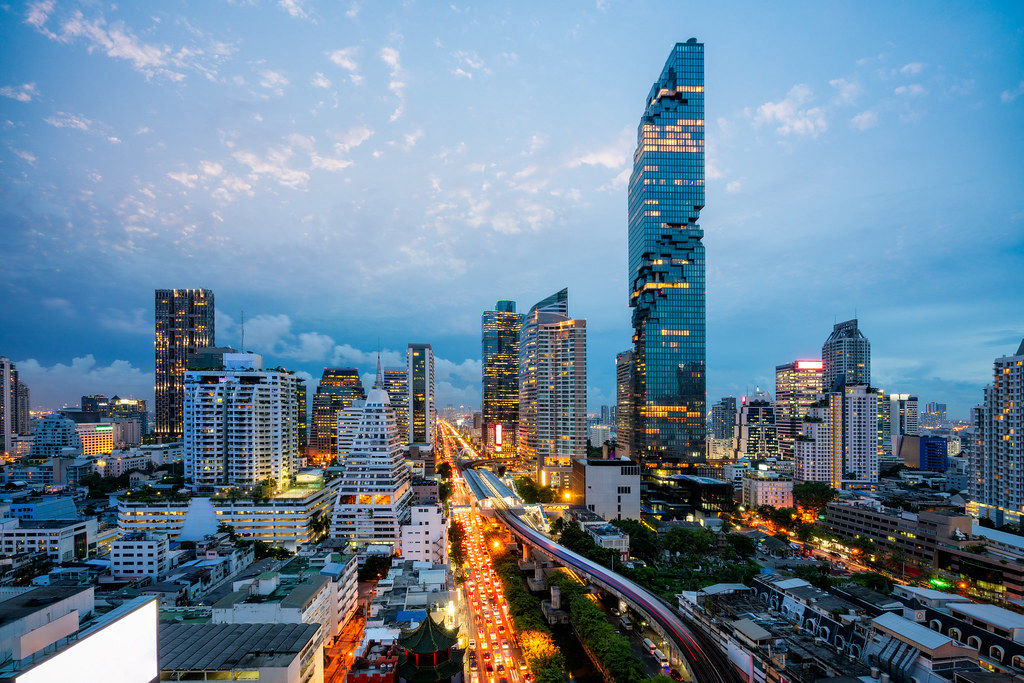
THE CITY THAT NEVER SLEEPS

Bangkok 'Mana Nakon' is also known as the City That Never Sleeps and it's true, the Thai capital in some areas is almost as busy or even more so during the night than during the day.Bangkok is a capital city among those that has the most amount of transport systems in the world. There are trains that fly above the city as well as trains that go underground. There are vehicles that move their wheels on the roads and boats that run on the river.First time visitors may find it confusing when choosing a suitable mode of transport to get around in Bangkok so in this article we'll familiarize you with the city’s various transport means, so you can travel the capital of Thailand with ease.
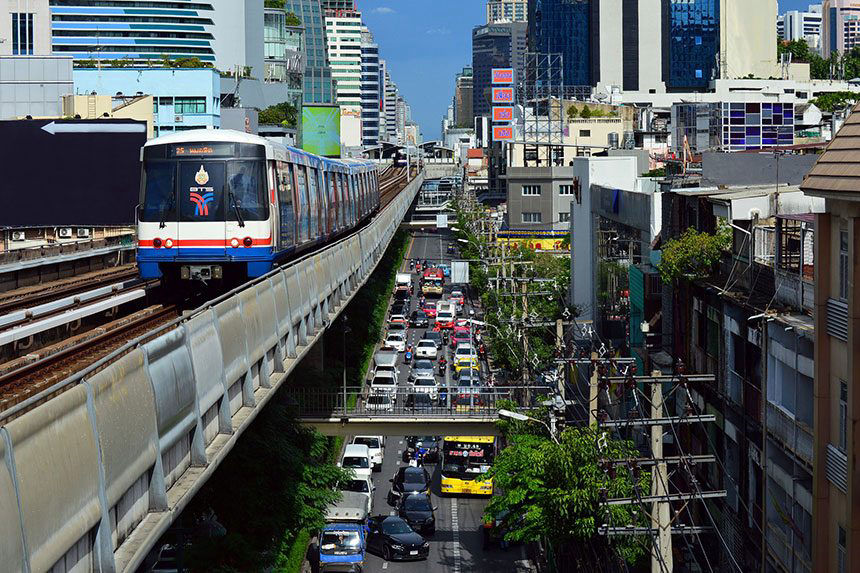
2. BANGKOK MRT
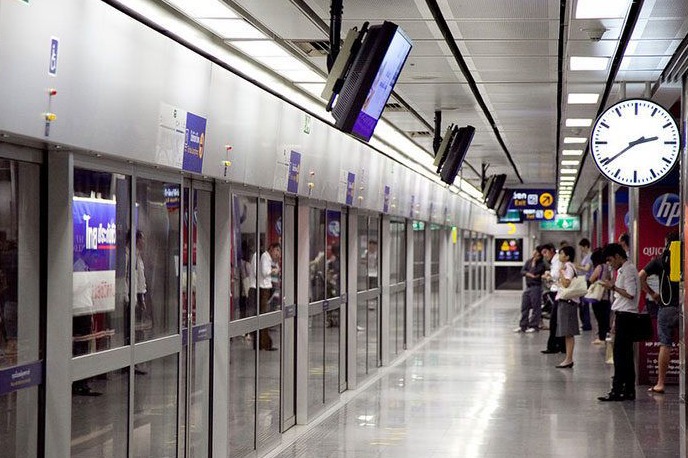
BANGKOK MRT, also known as underground train, currently consists of only one line – MRT Blue Line.
The MRT Blue Line runs through 18 stations. Chatuchak Park, Phetchaburi, Sukhumvit, Silom, and Hua Lamphong are the most used stations by travelers as they provide access to many tourist attractions. From MRT, you can transfer to BTS at these interchange stations: Chatuchak Park/Mo Chit, Sukhumvit/Asok, and Silom/Sala Daeng.
Service hours: 06:00 to 00:00 dail
Service schedule: Intervals are less than 5 minutes during peak hours (06:00 to 09:00 and 16:30pm to 19:30pm), and less than 10 minutes during off-peak hours.
MRT fares; Fares range between 15 baht ($0.43) and 40 baht ($1.16) per trip

METER-TAXI is a comfortable yet inexpensive way to travel around Bangkok, except at rush hours (16:30 to 19:30 everyday). It becomes a common choice after midnight, when BTS, MRT and river ferries have ended their working day. You can easily catch a taxi anywhere in the city. One useful tip to protect your pocket while traveling by taxi in Bangkok is asking taxi drivers to use the meters.
Service hours: 24 hours
Taxi fares: The fare starts at 35 baht ($1) for the first kilometre. A charge of 5.5 baht ($0.15) applies to each subsequent kilometre. Be prepared to pay 2 baht ($0.06) for each waiting minute in traffic jams. A normal 10-kilometre trip costs you around 80 baht ($2.3).
Notes; Tipping is not required but it’s recommended to round the fare up to the nearest 5 or 10 baht.

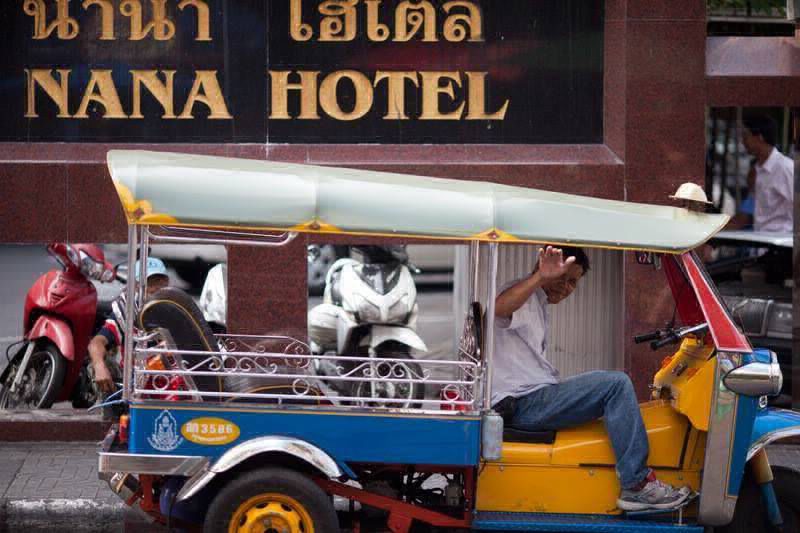
Tuk-Tuk fares: There is no fixed rate for riding a tuk-tuk. The fare varies, based on the time of the day, the travel distance, and your haggling skill. Normally, a short 5-kilometre tuk-tuk ride will cost from 30 baht ($0.86) to 60 baht ($1.73). After an evening in an entertainment zone such as Nana Plaza fares can be higher after midnight.
Service hours; 24 hours
Notes;
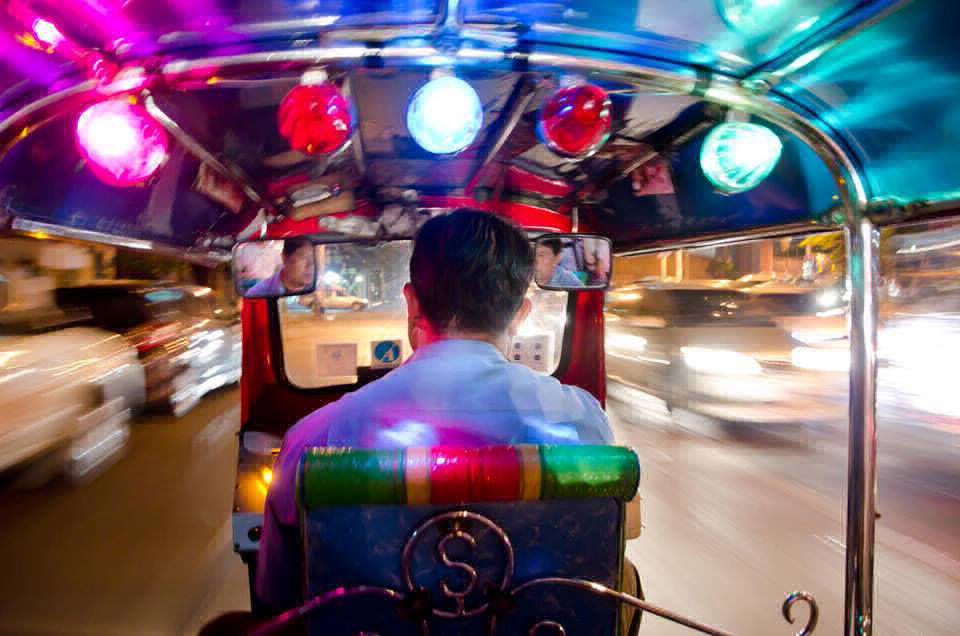
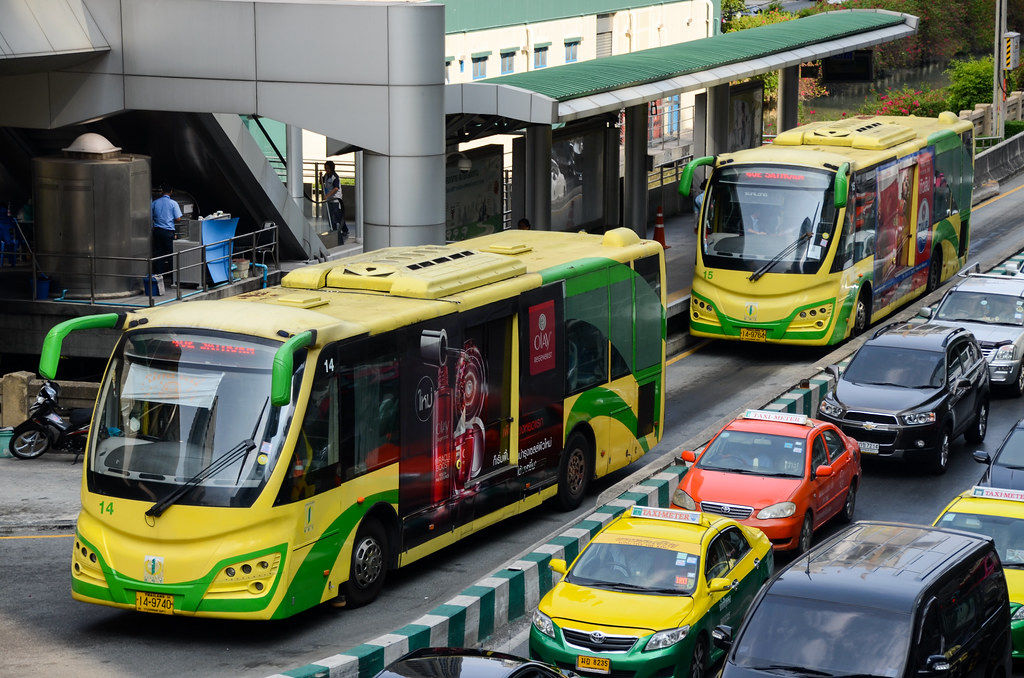
BANGKOK BRT is a bus rapid transist system that has its own 16 kilometre bus lane. There are 12 stops along the route, including two interchange stations that meet BTS Silom Line at Sathorn/Chong Nonsi, and Ratchpruek/Talat Phlu.
Service hours; 06:00 to 00:00 daily
Service schedule; Buses leave their stops every 5 minutes during peak hours (06:30 to 09:30 and 16:00pm to 20:00pm), and every 10 minutes during off-peak hours.
BRT fares: Fares range from 12 baht ($0.34) to 20 baht ($0.57) per trip.
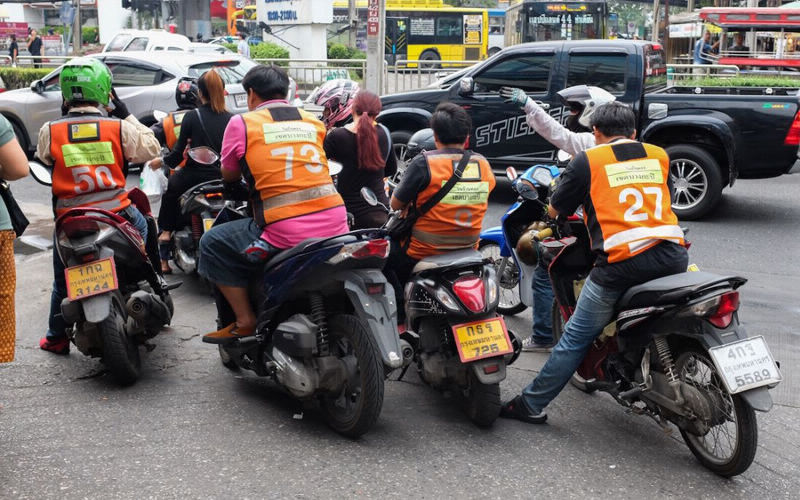

7. BANGKOK FERRY BOAT SERVICE
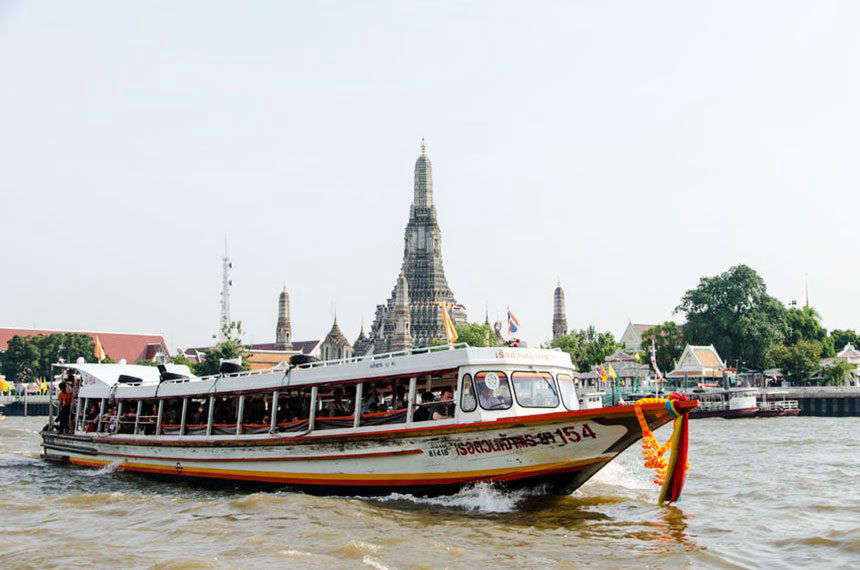
Although finding your way around the Thai capital may seem daunting at first, getting around in 'The City That Never Sleeps' to all your favorite places couldn't be easier once you know how. The efficient public transport system includes a sky train, underground, buses, and plenty of taxis and tuk tuks.
Useful Links;
